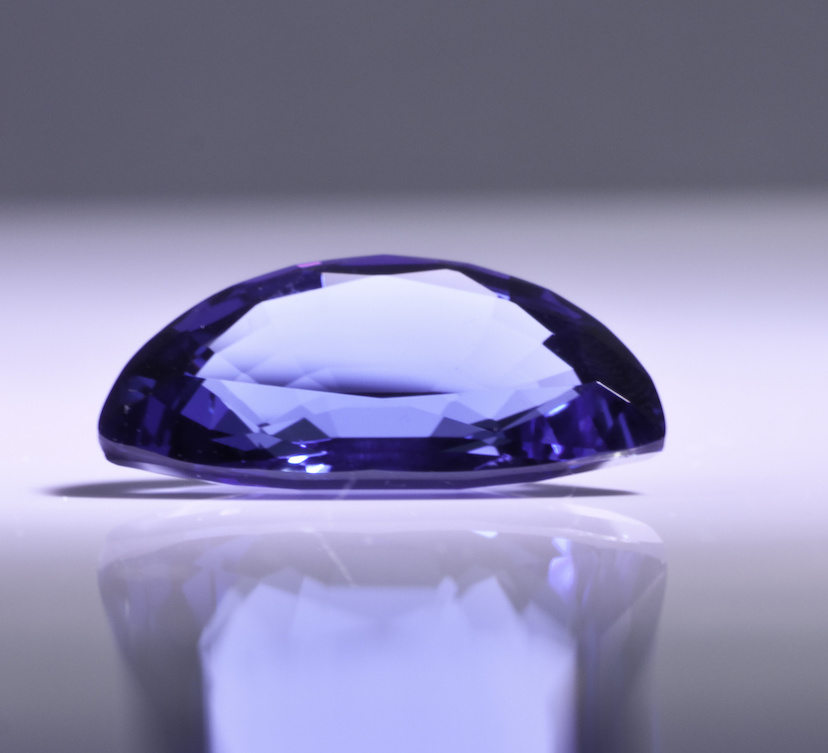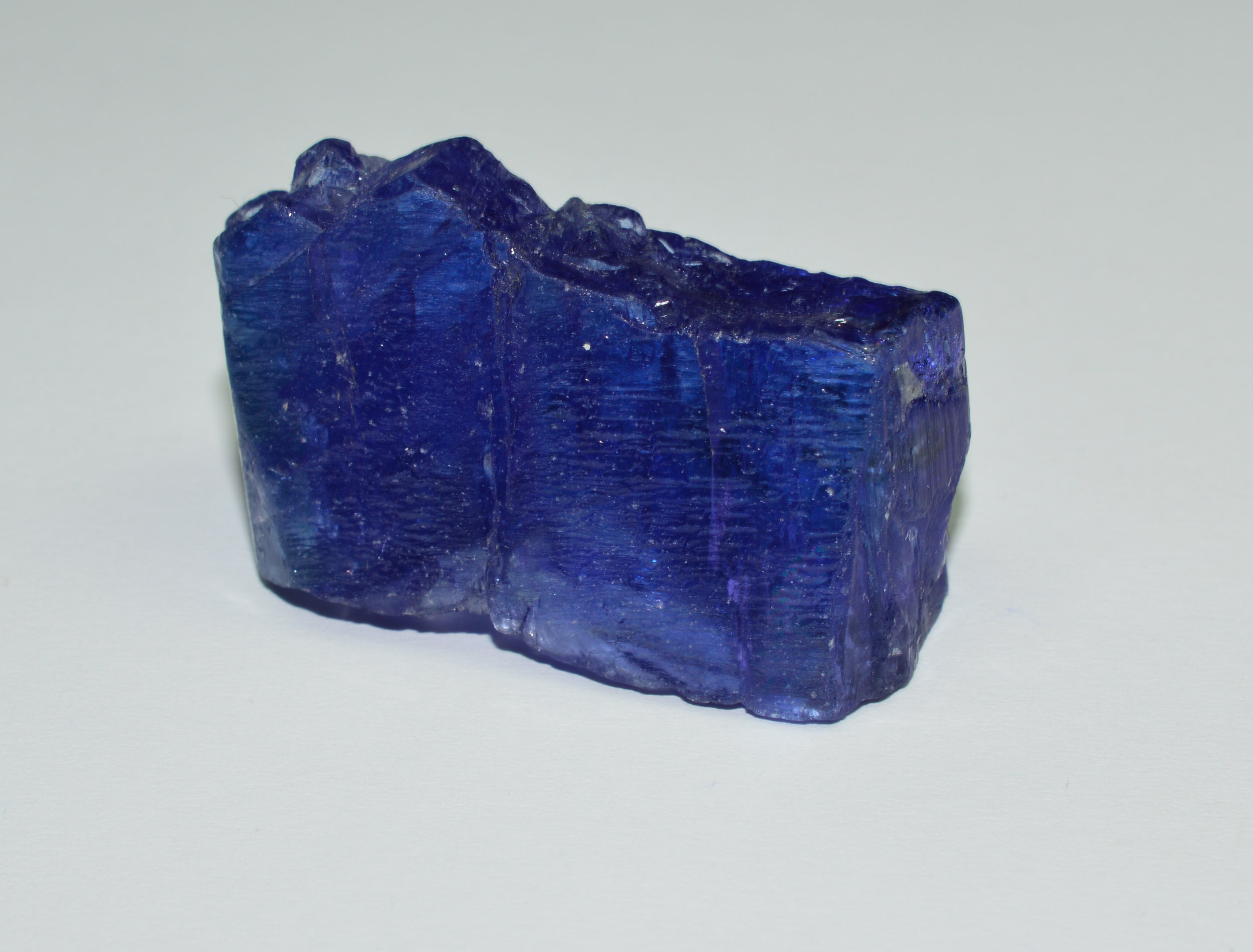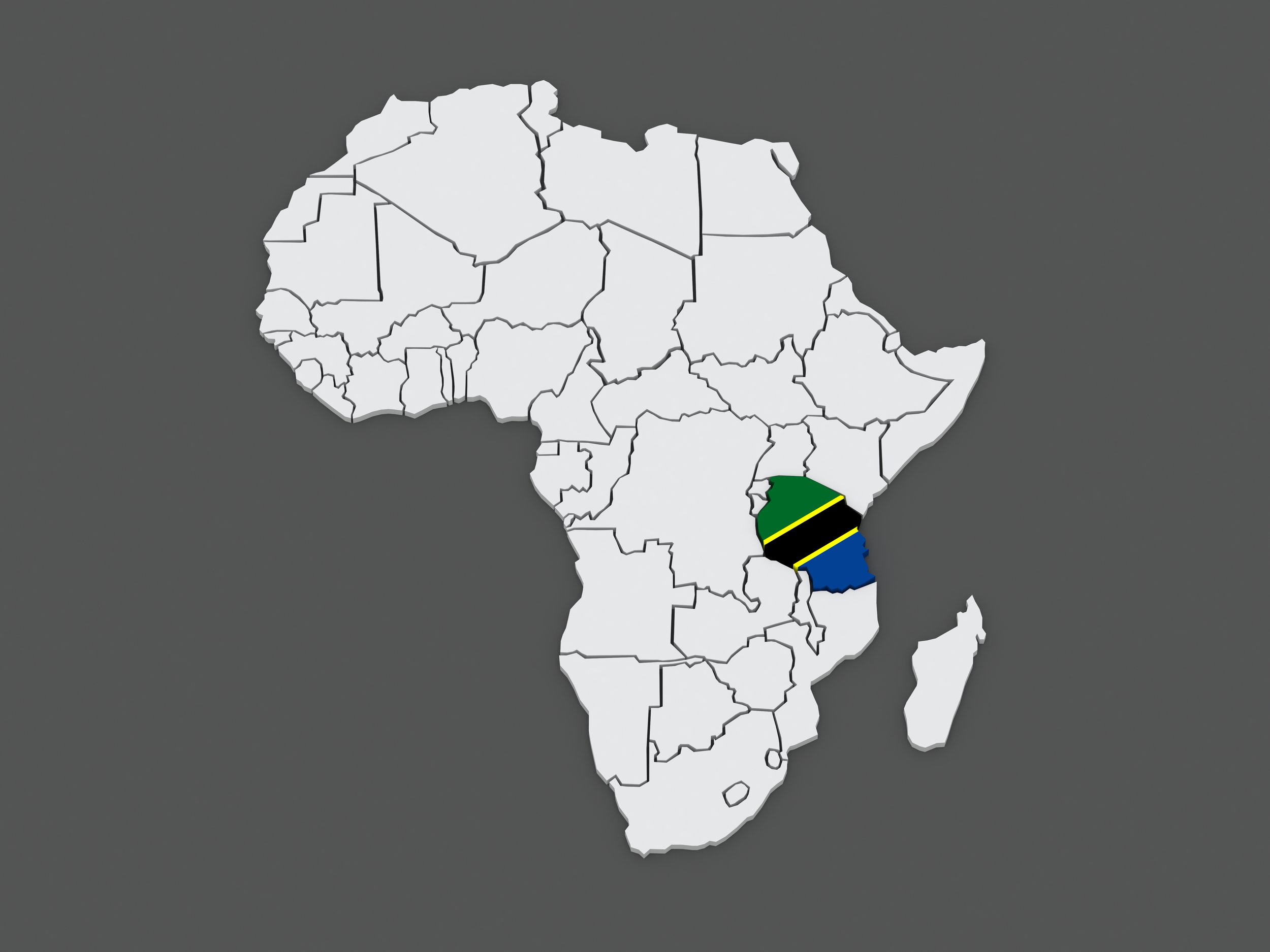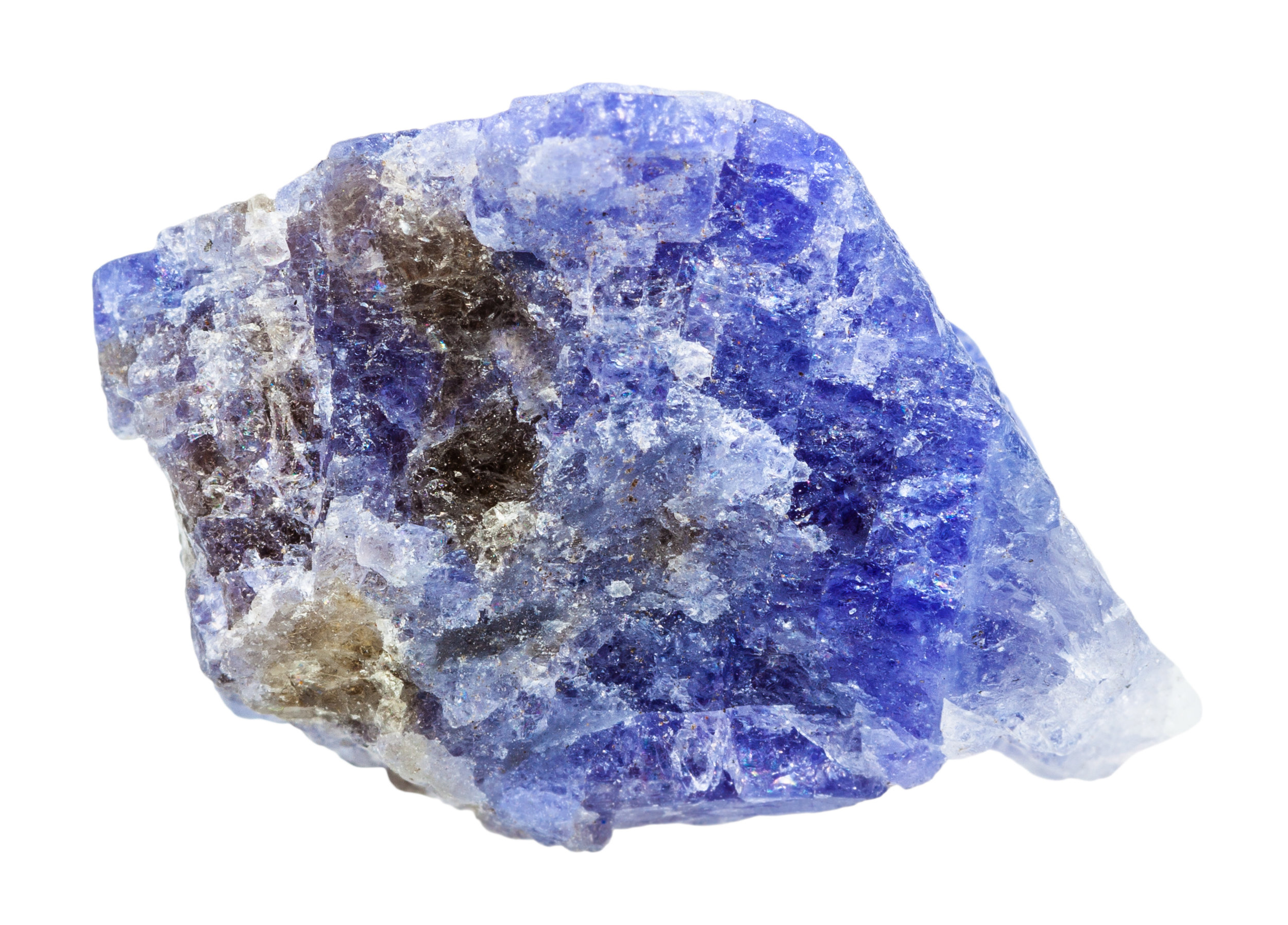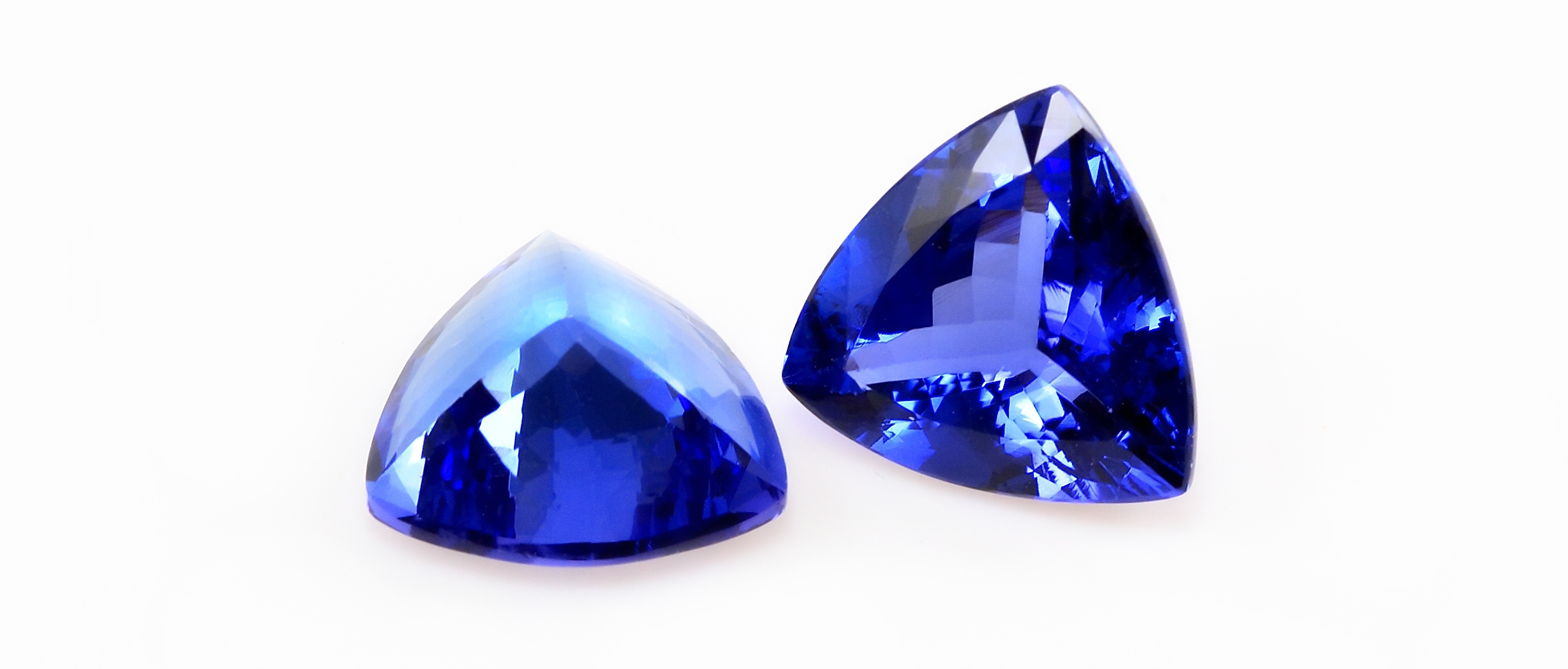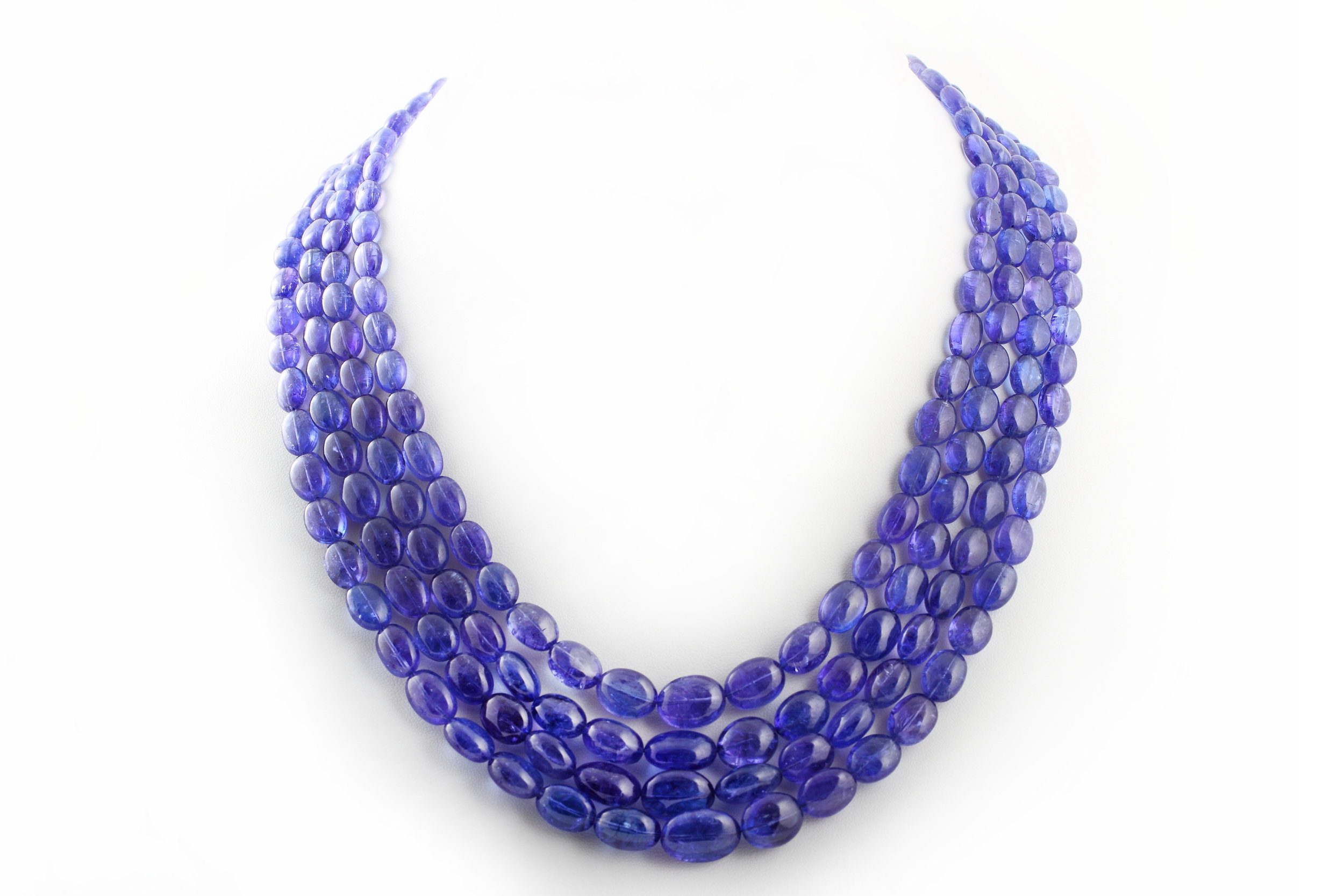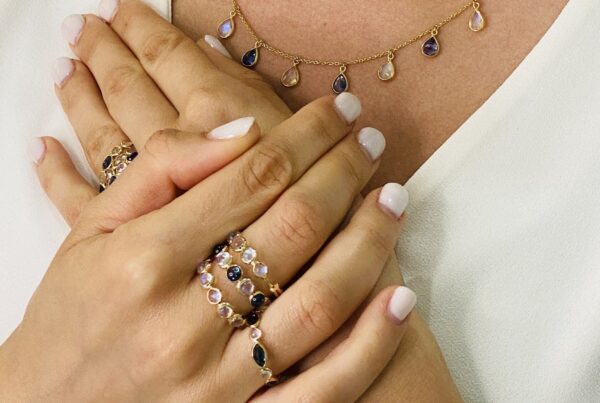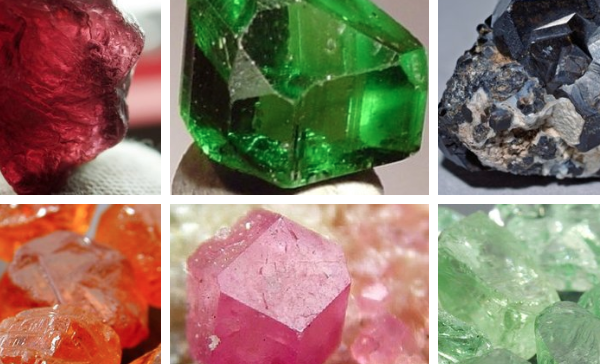15 Remarkable FAQ About Tantalizing Tanzanite!
Among the world’s top ten rare gems, the story of tanzanite includes its unusual discovery, exotic colors, extreme rarity, and remarkable popularity.
Raw natural blue tanzanite – exceptionally rare.
Discovery
Less than sixty years ago, tanzanite was discovered in a remote section of eastern Tanzania, Africa. Maasai tribesman discovered a body of intensely blue crystal in the foothills of Mount Kilimanjaro. Because of its vibrant blue color, the crystal was assumed to be sapphire. It was actually a previously unknown gem. It was tanzanite – a gemstone one thousand times rarer than diamond. Here are 15 remarkable FAQ about the tantalizing tanzanite.
Tiffany & Co.
Shortly after its discovery in 1967, Tiffany & Co.® became aware of the colorful new gem. Realizing its sales potential, the company quickly secured rights as its international distributor. Tiffany & Co. named the gemstone “tanzanite” after its mother country, Tanzania.
In 1968 Tiffany and Co. launched a major advertising campaign for its newest gemstone acquisition. The campaign was highly successful, and tanzanite became tremendously popular. With its exotic blue-purple color, tanzanite quickly became a favorite among fine jewelry designers and gem connoisseurs.
Tanzanite pendant.
Popularity
Since coming to public attention, tanzanite has maintained it popular appeal. In 2001 tanzanite became the second most favored colored gemstone in the United States, surpassed only by blue sapphire.
Gem Family
Tanzanite is a blue variety of the mineral zoisite.
Location & Limited Supply
The source of Tanzanite is severely limited. The world’s only source is within an eight-mile radius in the Merelani Hills in Tanzania, East Africa. The supply of tanzanite is so limited it is estimated that it will be depleted for mining within the thirty ten years.
Heat Treating
Raw tanzanite is usually brown. Almost all tanzanite on the open market has been heated treated to bring out its color. Its hues range from pale blue or lilac shades to intense and vivid blue or violet colors. The change in color from heat treating is permanent.
Rare Occurrence
Natural occurring blue colored tanzanite is virtually nonexistent. The vivid blue crystal found near Kilimanjaro was most likely caused by a geological phenomenon of heat and pressure (metamorphism.)
Colors
The gems with highly saturated and vivid color are the most highly prized. Tanzanite in its deep pure blue color is extremely rare and very costly. Pure blue tanzanite can first be mistaken for blue sapphire.
Cutting for the deeper color results in a great loss of rough crystal. This adds greatly to the cost of deeper hued stones.
The color most often associated with tanzanite is a vibrant mixture of purple and blue. Mass produced jewelry, however, can be made with its less saturated, paler shades. Those colors are less valuable and consequently less expensive.
Tanzanite shades of purple and blue.
Physical Properties
Tanzanite’s most interesting physical property is that it is trichromatic. It changes to one of three colors when it is held to light at different angles – blue, violet, or burgundy. Stonecutters take advantage of this property to choose the primary color they to showcase.
Tanzanite raw cystal.
On the Mohs hardness scale, tanzanite is ranked at 6-7. It is softer as compared to sapphire with its Mohs value of 9. Diamond has the highest Mohs rating at 10.
Great care is taken when cutting finer quality tanzanite because it is fragile.
Cut
Tanzanite can be cut in a wide variety of shapes and facets. The trillion cut (three-sided) is very popular for contemporary designs, but Tanzanite is available in many other faceted and non-faceted shapes also.
Trillion cut.
Clarity
Tanzanite’s clarity ranges from slight inclusions (flaws not visible without a microscope), to heavy (those visible to the naked eye.) Tanzanite gemstones with heavy inclusions are much less valuable than clearer stones.
Carat Weight
Most tanzanite used for jewelry weights less than five carats. Larger stones, especially those of good color, are extremely rare and very expensive. They are almost never used in jewelry making. They are usually found only in fine gem collections, with gem speculators, or in museums.
Special Care for Tanzanite Jewelry
Tanzanite jewelry needs special care to protect it from damage. It should never be subjected to steam cleaning or ultrasonic devices. It should cleaned using a soft cloth with mild soap and temperate water. Dramatic changes in temperature can harm a tanzanite, causing it shatter. Contact with salt water and chemicals, including perfume, should always be avoided.
This gemstone is not recommended for rings or bracelets intended for daily wear. Activities where abrasion or sharp impact is should be avoided. Settings for tanzanite are usually designed to protect the stones from scratches and chipping. Often mountings will use precious metal shaped around the gemstone’s edges to reduce the likelihood of breakage.
Tanzanite beaded necklace.
December’s Birthstone
In 1812, the American Gem Trade Association (now known as the National Association of Jewelers) revised the list of birthstones assigned to each month of the year. Since that time, only Tanzanite has been added to that list. It shares its official position as December’s birthstone with blue topaz, turquoise, and zircon. Tanzanite is also the gem for the 24th wedding anniversary.
Tanzanite and marcasite ring.
Tanzanite Protection and Ethical Mining Practices
The Tucson Protocol was established 2003 to ensure the ethical treatment of workers and the enforcement of all labor laws. It fosters the hiring of Tanzanians citizens for mining personnel. It also stipulates strict adherence to worker safety practices. One of its goals is the protection of the limited supply of tanzanite from illegal mining. Supporters of the protocol agree to use best mining practices.
The Tanzanite Foundation was organized the same year in support of the Tucson Protocol. It main function is to provide education to consumers and retailers. It also promotes the purchase of legally and ethically mined products. It member companies use “Mark of Rarity™” on their merchandise to signify that they are offering legally and ethically mined tanzanite gemstones.
The Tanzanian government put into effect the Mineral Act in 2011. It bans the export of any rough tanzanite weighing more than 5 carats. Its purpose is to put control of the rapidly depleting gem under the control of the indigenous people of Tanzania. This Act allows only Tanzanian citizens to hold mineral rights and licensing. This has resulted in reduced Tanzanite availability.
The story of this rare, exotic, and beautiful gem is ongoing. We welcome you to visit our store to view this magnificent tanzanite yourself. Don’t be surprised if you fall in love with the tantalizing tanzanite.
Resources
http://www.tanzanitefoundation.com
http://geology.com/gemstones/tanzanite/
